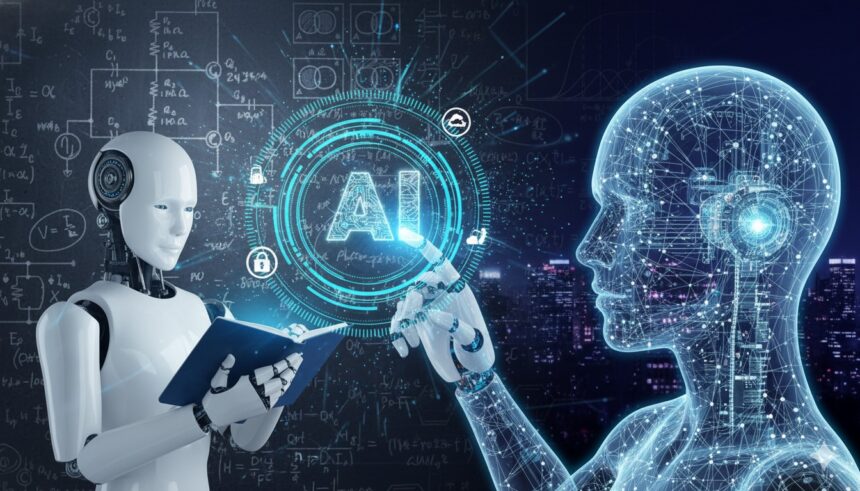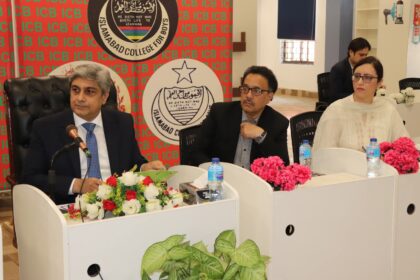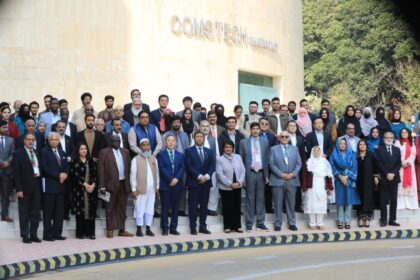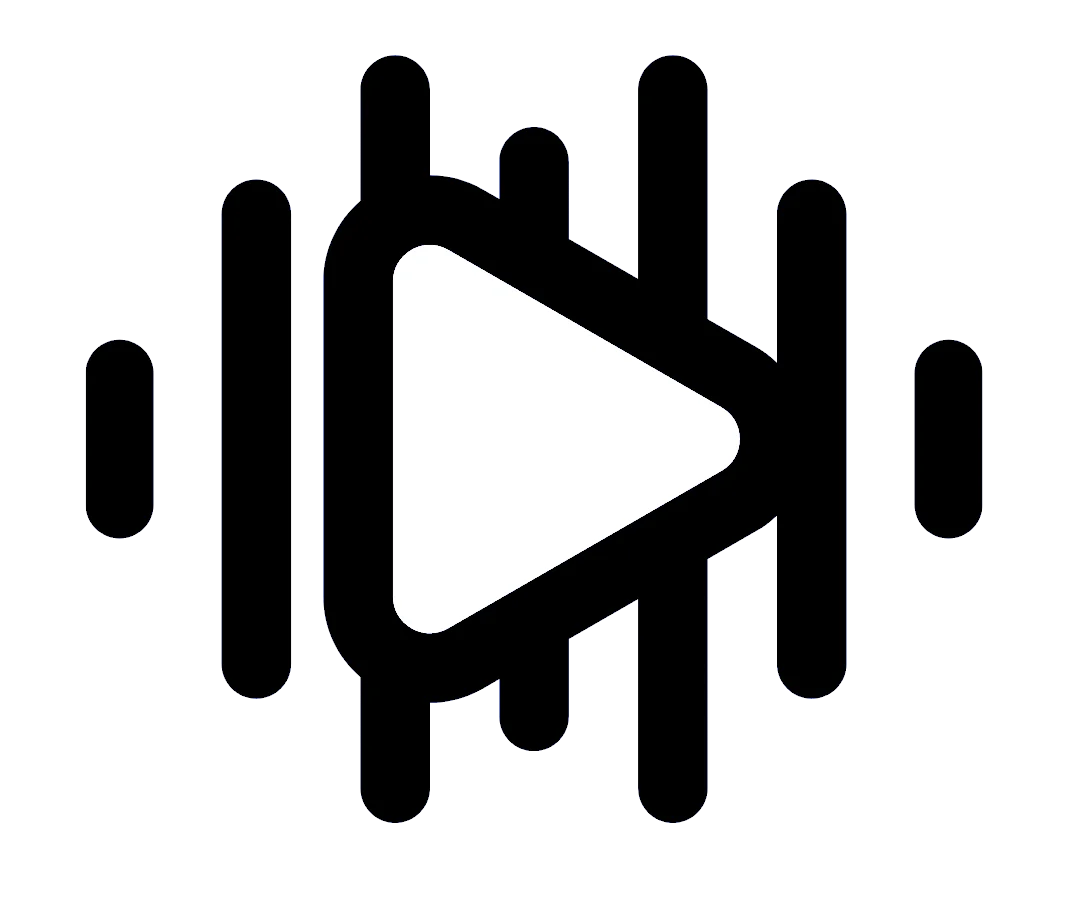The Impact of Artificial Intelligence on Education
By Nazish Kanwal
Department of Urdu Language and Literature (BS–7) International Islamic University, Islamabad
In recent years, artificial intelligence (AI) has emerged as one of the most revolutionary technologies in the world. It is transforming industries, economies, and societies—and education is no exception.
Artificial intelligence refers to computer systems or programs capable of performing tasks that typically require human intelligence, such as learning, reasoning, and problem-solving. In education, AI is rapidly evolving to enhance learning experiences, personalize instruction, and support teachers in working more efficiently.
One of the most significant impacts of AI in education is personalized learning. In traditional classrooms, the same teaching style is often applied to all students, regardless of their pace or ability. However, AI can analyze each student’s strengths, weaknesses, and progress to design an individualized learning plan. Platforms like Duolingo, Khan Academy, and Coursera use algorithms that adapt lessons based on student performance. Slower learners are given additional practice, while advanced learners can move ahead more quickly. This system allows students to learn at their own pace and receive the support they need.
AI has also enabled the creation of intelligent tutoring systems that function as virtual teachers or assistants. These systems answer students’ questions, explain concepts, and provide real-time guidance. For example, AI chatbots can help students with homework or review exercises outside school hours. Virtual learning assistants like ChatGPT and Google Socratic break down complex subjects step by step, allowing students to learn anytime, anywhere—making education more accessible than ever before.
Artificial intelligence is not only transforming learning for students but also assisting teachers and administrators. Tasks such as grading, assignment correction, attendance tracking, and record management can now be completed quickly and accurately through AI-powered tools. This automation gives teachers more time to focus on direct teaching and meaningful interaction with students.
AI is also opening new educational doors for students with disabilities. Technologies such as speech recognition, text-to-speech, and image recognition make learning materials more accessible. For instance, visually impaired students can listen to course materials through AI applications, while hearing-impaired students can benefit from real-time captioning technologies. Translation tools powered by AI also allow students from different linguistic backgrounds to understand lessons in their native languages.
Moreover, AI helps educational institutions make data-driven decisions by analyzing large volumes of academic data. It can identify students who are struggling or at risk of failure by examining patterns in performance, attendance, and behavior. Similarly, it can determine which subjects are most challenging, enabling teachers to refine curricula and teaching methods accordingly.
AI has made education truly global and borderless. Students can now access online courses and educational platforms from around the world. AI applications can translate languages, recommend relevant courses, and adapt learning materials to different cultural contexts, expanding international learning opportunities like never before.
Despite its numerous benefits, the integration of AI in education also presents challenges.
Privacy concerns: AI systems collect large amounts of student data, potentially compromising privacy.
Dependence on technology: Over-reliance on AI may weaken human interaction and critical thinking skills.
Cost and inequality: Underfunded or developing educational institutions may struggle to adopt AI technologies, widening the educational divide.
In conclusion, while artificial intelligence is revolutionizing the education sector by making learning more personalized, efficient, and inclusive, it also demands careful regulation and ethical use. The future of education lies in finding the right balance between technological advancement and human connection.











